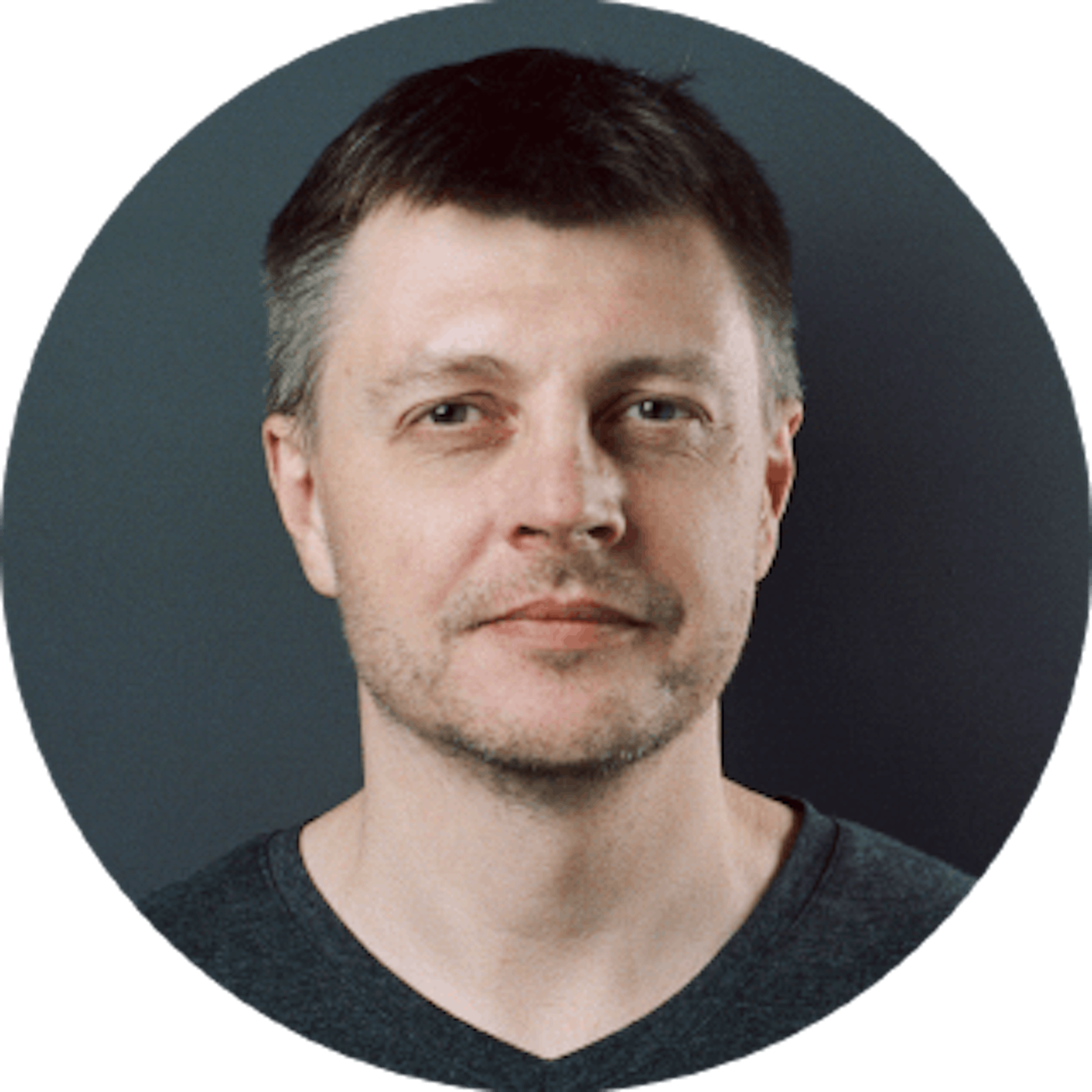569 reads
Understanding Color Space Transform Using The Moving Least Squares Method
by
April 3rd, 2024
Audio Presented by

Software Engineer, C/C++ developer. Signal and Image Processing expert. Data scientist.
Story's Credibility

About Author
Software Engineer, C/C++ developer. Signal and Image Processing expert. Data scientist.